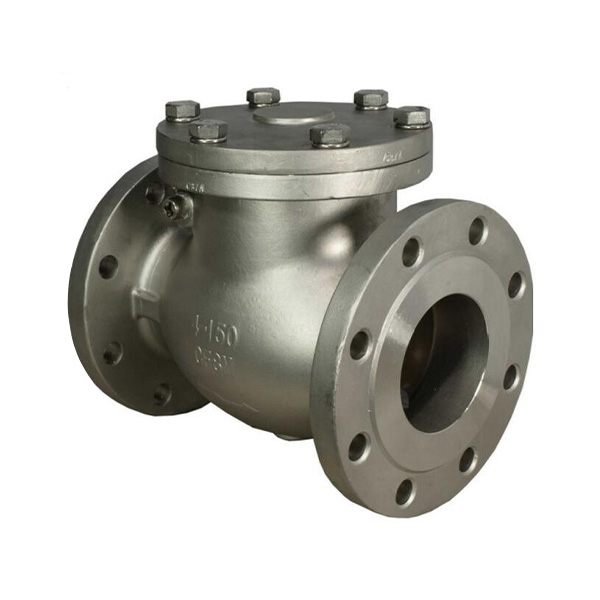Mobile:+86-311-808-126-83
Email:info@ydcastings.com
Repairing a Car Water Pump for Optimal Performance and Efficiency
Fixing a Water Pump in Your Car A Comprehensive Guide
When it comes to maintaining your vehicle, one of the crucial components to keep an eye on is the water pump. The water pump is essential for the cooling system as it circulates coolant throughout the engine, ensuring that it runs at optimal temperatures. If your water pump fails, it can lead to overheating, engine damage, and costly repairs. This article will guide you through the steps to diagnose and fix a faulty water pump in your car, along with some preventative measures.
Identifying Water Pump Issues
Before diving into the repair process, it is important to identify signs that your water pump may be failing. Some common symptoms include
1. Overheating Engine If the engine temperature gauge is frequently rising, it may indicate a cooling system issue related to the water pump. 2. Coolant Leaks Puddles of coolant underneath your vehicle, especially near the front, might suggest a leak from the water pump. 3. Unusual Noises A loud grinding or whining noise from the engine compartment can be indicative of a malfunctioning water pump or its bearings. 4. Steam from the Engine If you see steam rising from the engine, it may be a sign that the coolant is not circulating properly.
If you notice any of these symptoms, it’s best to investigate further or consult a mechanic.
Tools and Materials Needed
If you decide to undertake the repair yourself, gather the following tools and materials
- Socket set and ratchet - Screwdrivers (flathead and Phillips) - Pliers - Gasket scraper - New water pump - Coolant - Rags for cleanup - Drain pan
Steps to Fix the Water Pump
1. Prepare Your Vehicle - Begin by ensuring your car is parked on a level surface and the engine is cool. Disconnect the negative battery cable to avoid any electrical issues.
2. Drain the Coolant - Place a drain pan under the radiator and open the drain valve to remove the coolant from the system. This will prevent any spills during the repair.
fixing water pump in car

3. Remove the Old Water Pump - Depending on your vehicle's make and model, access to the water pump might be concealed by various components. This may involve removing the timing belt, serpentine belt, or other parts. Document or label each step to make reassembly easier. - Unbolt the water pump from the engine block using the socket set. Be prepared for a small amount of residual coolant to spill out.
4. Clean the Mounting Surface - Once the old water pump is removed, clean the mounting surface with a gasket scraper to ensure a proper seal for the new pump.
5. Install the New Water Pump - Position the new water pump over the mounting surface. Make sure to align it properly and bolt it down securely. If your new pump comes with a gasket, ensure it’s correctly positioned.
6. Reassemble Components - Reattach any components that were removed, including belts and hoses. Make sure all connections are tight to prevent leaks.
7. Refill the Cooling System - Once everything is back in place, refill the cooling system with the appropriate type and mixture of coolant.
8. Check for Leaks and Test the System - Reconnect the negative battery cable and start the engine. Monitor the new water pump for any leaks and allow the engine to reach its operating temperature to check if the coolant is circulating properly.
Preventative Measures
To prolong the lifespan of your water pump, consider these preventative tips
- Regularly check your coolant levels and top off as needed. - Change the coolant at recommended intervals to prevent corrosion. - Keep an eye on the belts connected to the water pump. Replace worn belts to avoid strain on the pump.
Conclusion
Repairing a water pump can be a straightforward task if approached with the right tools and knowledge. Regular maintenance and timely repairs can save you from serious engine problems down the line. If you’re not comfortable with DIY repairs, don’t hesitate to consult a professional mechanic to ensure your vehicle remains in top condition. Remember, the key is to act quickly at the first signs of trouble to keep your engine running smoothly.
-
Why Should You Invest in Superior Pump Castings for Your Equipment?NewsJun.09,2025
-
Unlock Performance Potential with Stainless Impellers and Aluminum End CapsNewsJun.09,2025
-
Revolutionize Your Machinery with Superior Cast Iron and Aluminum ComponentsNewsJun.09,2025
-
Revolutionize Fluid Dynamics with Premium Pump ComponentsNewsJun.09,2025
-
Optimizing Industrial Systems with Essential Valve ComponentsNewsJun.09,2025
-
Elevate Grid Efficiency with High-Precision Power CastingsNewsJun.09,2025











